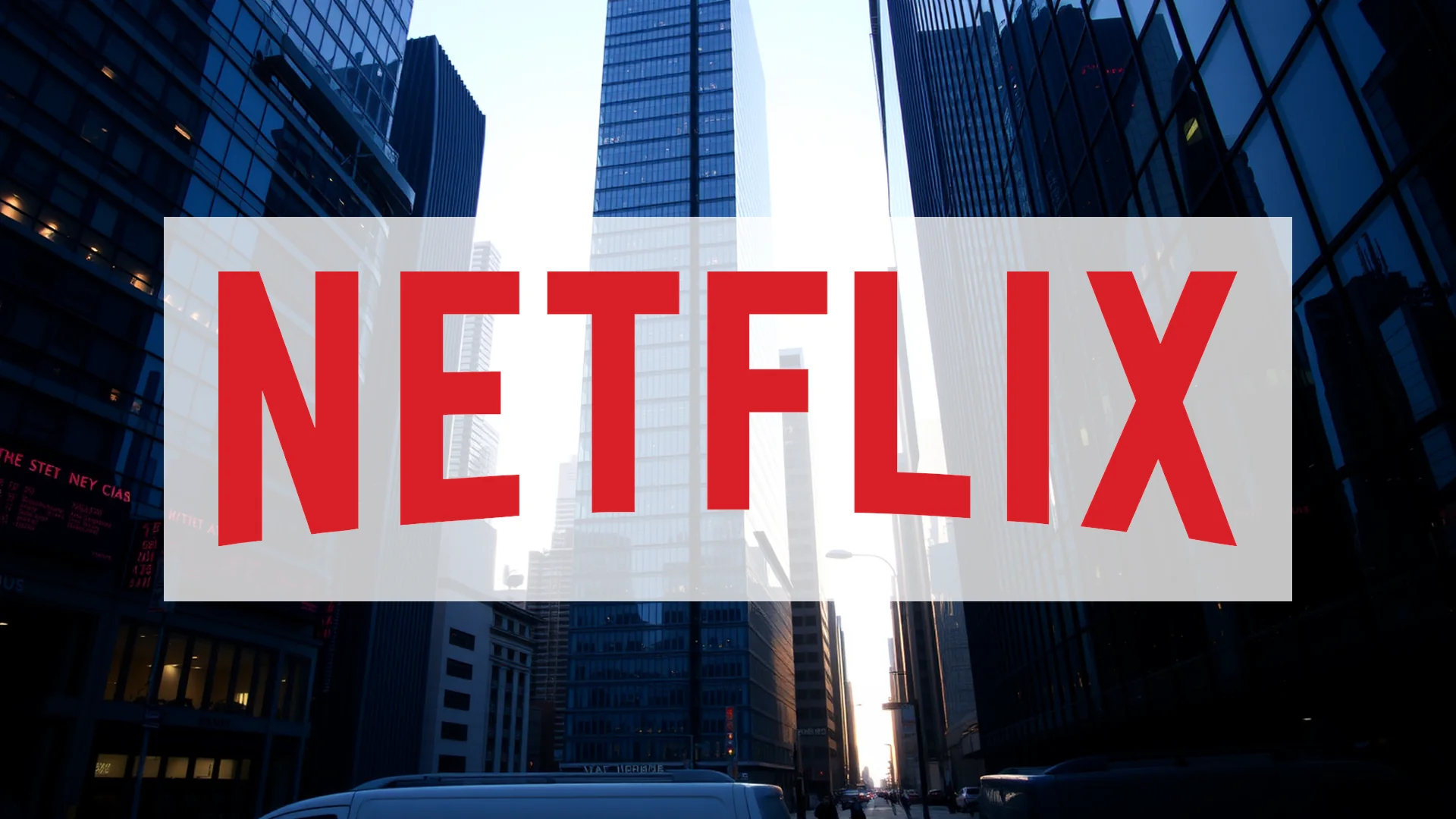In a significant departure from its longstanding reporting practices, streaming leader Netflix is shifting investor focus away from subscriber counts and toward financial performance indicators. This strategic realignment accompanies robust quarterly results and an aggressive push into advertising, signaling a fundamental evolution for the company.
Strong Financial Performance Sets the Stage
Netflix’s second-quarter 2025 results surpassed market expectations, with revenue reaching approximately $11.08 billion. This represents a substantial 16 percent year-over-year growth, prompting management to raise full-year guidance to between $44.8 billion and $45.2 billion. The company’s optimism appears grounded in its current operational momentum.
Concurrent with these strong figures, Netflix has initiated a notable change in its communication strategy. Beginning Q1 2025, the company ceased public reporting of subscriber numbers—previously a cornerstone of its quarterly updates. Instead, executives are directing investor attention toward revenue, operating income, and free cash flow as primary performance indicators.
The Advertising Ambition Behind the Metrics Shift
This transition in reporting focus coincides with Netflix’s accelerated advertising initiatives. The company aims to roughly double its advertising revenue during 2025, supported by the deployment of its proprietary advertising technology platform across all supported markets. This expansion represents a strategic pivot toward a hybrid revenue model.
Should investors sell immediately? Or is it worth buying Netflix?
The move marks a substantial philosophical shift for the streaming service, which historically built its brand around an ad-free viewing experience. The current strategy now actively pursues advertising dollars as a significant growth vector, reflecting changing market dynamics and revenue opportunities.
Profitability Challenges Loom
Despite impressive top-line growth, Netflix has issued cautions about forthcoming profitability pressures. Management anticipates compressed profit margins in the second half of 2025, attributing this expectation to increased content amortization costs and elevated marketing expenditures related to an expanded programming slate.
With annual content spending hovering around $16 billion, Netflix faces the complex challenge of balancing aggressive investment against profitability maintenance. The company’s ability to navigate this tension between growth spending and margin preservation remains a critical factor for its future stock performance.
Ad
Netflix Stock: Buy or Sell?! New Netflix Analysis from December 29 delivers the answer:
The latest Netflix figures speak for themselves: Urgent action needed for Netflix investors. Is it worth buying or should you sell? Find out what to do now in the current free analysis from December 29.
Netflix: Buy or sell? Read more here...












